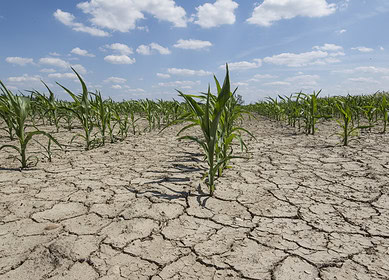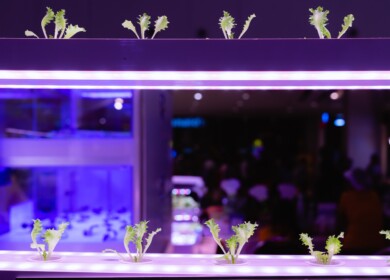Innovations in red sandalwood cultivation poised to boost exports

Red sandalwood, a species unique to India and renowned for its rarity and high value, is set to witness a resurgence in cultivation, especially in the Eastern Ghats regions of Andhra Pradesh and Tamil Nadu. The lifting of a 19-year international export restriction by CITES (the Convention on International Trade in Endangered Species) is a significant development for Indian farmers, opening up new opportunities in the global market.
This change is the result of concerted efforts by the Central and Andhra Pradesh state governments, which have successfully argued for the sustainable management and protection of red sandalwood. The decision has been welcomed by farmers who have long struggled with stringent regulations and limited export capabilities.
Red sandalwood is primarily known for its medicinal properties and its wood, used in high-end products such as furniture, musical instruments, and organic dyes. The species has faced threats of extinction due to past overharvesting and smuggling. In response to that, the Indian government has implemented robust conservation measures, including the establishment of a special task force and reforestation efforts.
The export restrictions, in place since 2004, have been regularly reviewed by CITES. The recent decision to lift these restrictions is a recognition of India’s effective conservation strategies. Indian farmers are now poised to benefit significantly from the global demand for red sandalwood, which is used extensively in countries like Japan, China, and several European nations.
With the renewed interest in red sandalwood cultivation, there is a focus on the technologies and methods of growing this valuable tree. The Forest Biodiversity Foundation in Hyderabad is at the forefront, offering training to farmers on best practices. Their guidance emphasizes the natural habitat of red sandalwood, which thrives in semi-arid tropical deciduous forests with specific soil and climatic conditions.
Key cultivation insights include:
- Optimal growth in less fertile soils like gneiss, quartzite, and laterite loam, avoiding fertile and waterlogged areas.
- Requirement of moderate annual rainfall (700 to 1200 mm) and temperatures between 26-48 degrees Celsius.
- Utilization of 1-2 year old saplings, with attention to the low germination rate of red sandalwood seeds.
Farmers are advised to be vigilant against misleading sales of similar-looking plants and are encouraged to source saplings through reliable channels, including the forest department.
The economic potential of red sandalwood cultivation is considerable. A 30-year-old tree can yield a 59 kg log, with estimates suggesting a potential harvest of 16.2 metric tons per hectare after 30 years. This projection, combined with the ability to store and sell at optimal market prices, positions red sandalwood as a lucrative crop for farmers in regions suited to its cultivation.
The recent regulatory changes and the growing international demand for red sandalwood signal a bright future for this industry, potentially leading to increased cultivation areas and direct export opportunities for farmers, thereby contributing significantly to rural economies and sustainable agriculture practices in India.
Enjoyed this story?
Every Monday, our subscribers get their hands on a digest of the most trending agriculture news. You can join them too!
















Discussion0 comments